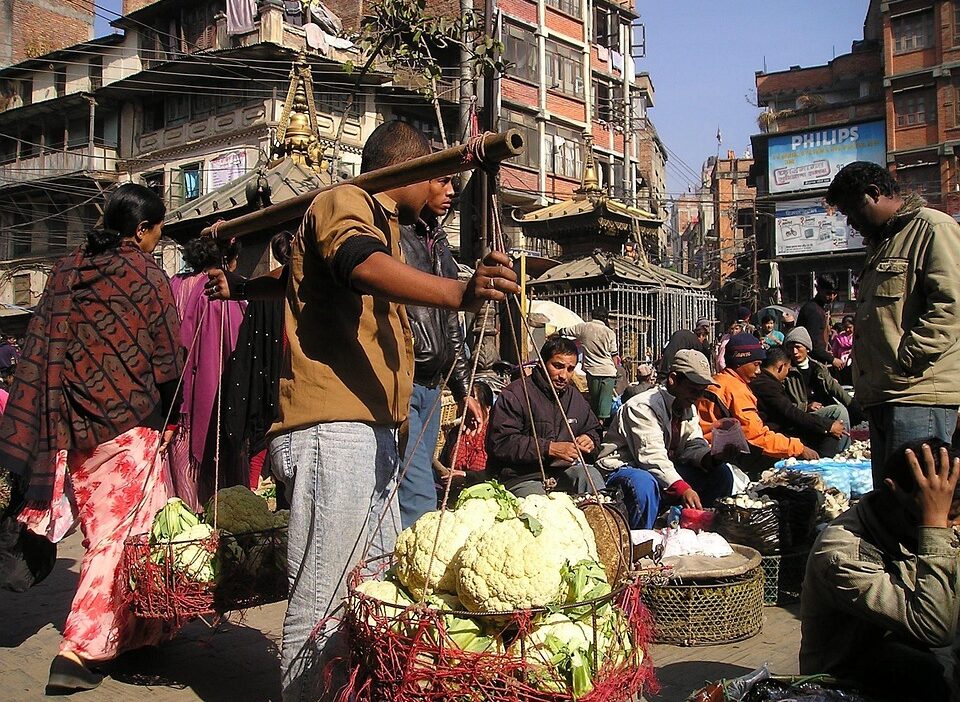Food has always been more than mere sustenance; it represents culture, tradition, and a sense of community. Two dominant paradigms in the culinary landscape are street markets and gourmet dining. While both offer unique experiences and appeal to diverse tastes, they represent a clash of culinary cultures that challenges our perceptions of quality, accessibility, and authenticity.
The Street Market Experience
Accessibility and Diversity
Street markets often embody the spirit of a community, showcasing local ingredients and culinary traditions. From bustling stalls offering handmade delicacies to vendors serving traditional recipes passed down through generations, street markets provide an accessible gateway to regional flavors. They encourage experimentation, allowing diners to sample various dishes without the financial commitment of a full meal in a sit-down restaurant.
Authenticity and Tradition
Street food often boasts authenticity that is hard to replicate in gourmet settings. The vendors usually have intimate knowledge of their craft, enhancing the flavors of traditional dishes. Each item served often tells a story, providing a connection to the culture and history of the area. This authenticity appeals not only to locals but also to travelers seeking to experience the real flavors of a destination.
Community and Social Interaction
Beyond food, street markets foster a vibrant atmosphere of community and social interaction. They serve as gathering places where people from all walks of life converge, exchange ideas, and share experiences. The communal nature of food brings people together, creating bonds that often transcend cultural and social barriers.
The Gourmet Dining Experience
Craftsmanship and Innovation
On the flip side, gourmet dining represents the pinnacle of culinary artistry. Renowned chefs focus on presentation, precision, and refinement. Gourmet dishes are often made from high-quality ingredients, expertly prepared to elevate flavors and textures. This meticulous craftsmanship brings forth innovative combinations and techniques, pushing the boundaries of what we consider traditional cuisine.
Elevated Experience
Gourmet restaurants provide more than just food; they offer a full sensory experience. Attention to detail is paramount, from the ambiance and table setting to the wine pairings and service. Diners are treated to a meticulously curated experience that involves not just eating but also savoring, appreciating, and engaging with each dish.
Exclusivity and Perception
However, gourmet dining can also carry a stigma of exclusivity. High price points and the perception of elitism can create barriers for many food enthusiasts. While the experience is undeniably luxurious, it can feel distant from the everyday culinary habits of most people. This separation may deter some diners from enjoying gourmet food as an avenue for culinary exploration.
The Conflict
The clash between street markets and gourmet dining is more than just a debate over where to eat; it reflects broader conversations about culinary identity. As food culture evolves, the distinction between these two worlds has begun to blur. Many gourmet chefs draw inspiration from street food, incorporating local flavors and techniques into their dishes. Conversely, street vendors are increasingly recognized for their skills and often collaborate with fine dining establishments.
The Rise of Food Trucks and Pop-Ups
In recent years, the surge of food trucks and pop-up dining experiences has further muddled the lines between these two culinary cultures. Food trucks often showcase gourmet-style dishes with a street food ethos, providing high-quality offerings in a more casual, approachable setting. These mobile kitchens have gained traction in urban areas, catering to a younger, adventurous crowd seeking unique dining experiences at a lower price point.
The Role of Food in Culture and Society
Ultimately, the debate over street markets versus gourmet dining reflects deeper cultural values around food. For some, street food symbolizes community, tradition, and authenticity. For others, gourmet dining represents innovation, craftsmanship, and a commitment to culinary excellence.
Conclusion
Street markets and gourmet dining each play essential roles in the culinary tapestry of society. While they may seem at odds, both offer valuable insights into different culinary philosophies. The future likely lies in a harmonious coexistence where both styles thrive and contribute to a vibrant, diverse food culture. As diners, we are fortunate to partake in these flavors, experiences, and stories that connect us to our shared humanity. Whether savoring a taco from a sidewalk vendor or indulging in a multi-course tasting menu, the joy of food transcends the boundaries of any culinary style.



